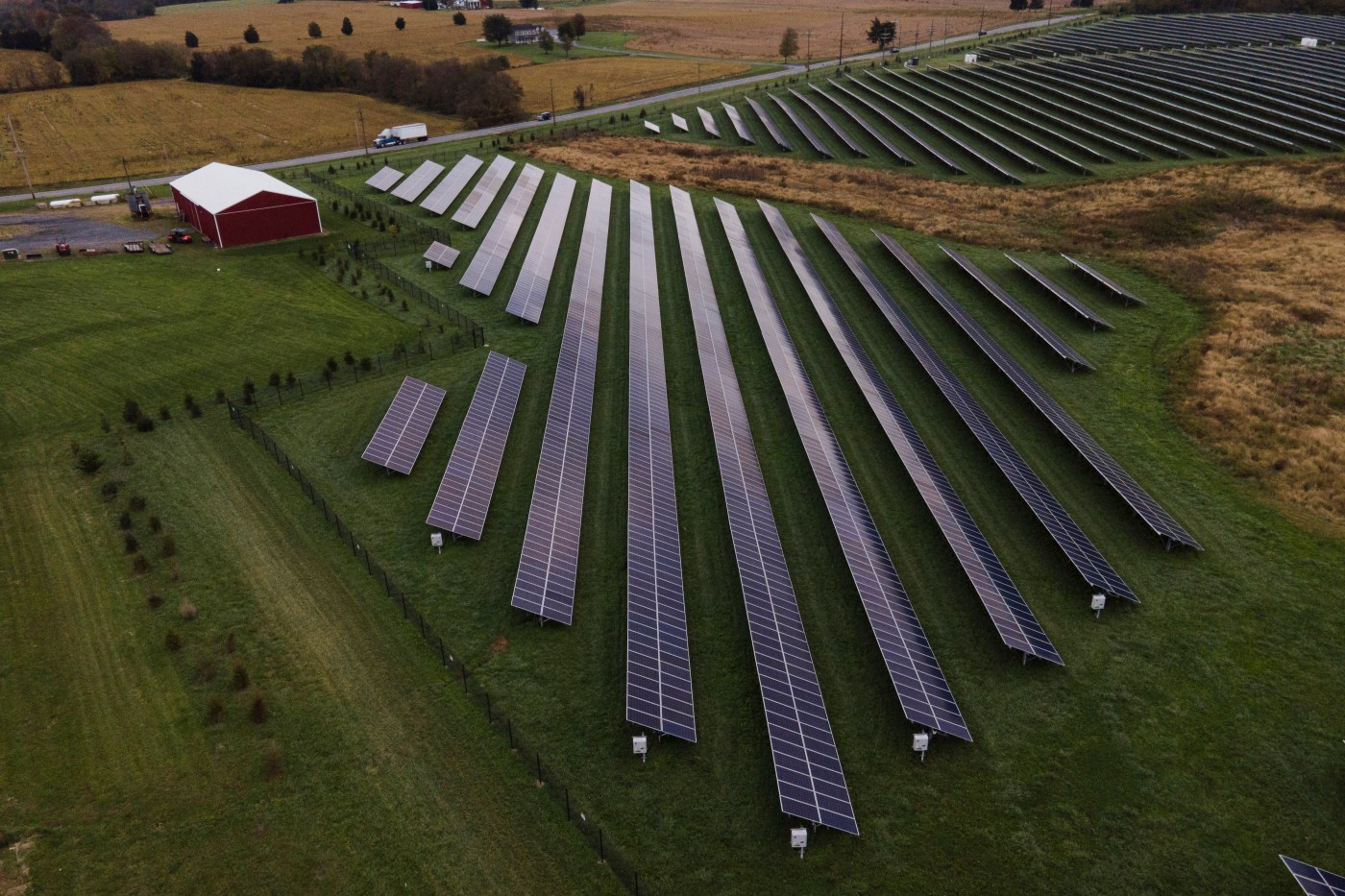
[Baltimore Sun] Protecting Maryland farms from unrealistic energy goals | GUEST COMMENTARY
Maryland has always been a leader in protecting our environment. Whether it be agricultural nutrient management, industrial pollution abatement or sustainable land management, the state has set goals to preserve our resources, including our beloved Chesapeake Bay. All Marylanders care about the environment and understand the importance of addressing pollution-related issues. However, we do not think that Maryland policymakers always consider how these ambitious goals may detrimentally impact their constituents during the transition and alter the fabric of our state.
Maryland first passed the Renewable Energy Portfolio Standard (RPS) Program in 2004. At that time, the RPS required 20% of the energy consumed in the state to come from renewable sources by 2022. Renewable energy sources include hydroelectricity, solar, wind, geothermal, methane from anaerobic digestion, poultry-litter-to-energy and qualifying biomass.
When the Clean Energy Jobs Act passed in 2019, the Department of Legislative Services determined the small business impact of this requirement to be “meaningful” and that there would be increased costs to all of us through higher energy prices.
In 2021, 73% of Maryland’s total energy came from nuclear and natural gas power plants and 14% from coal-fired power plants. Maybe a little-known fact is that nearly 40% of Maryland’s total energy generation comes from Calvert Cliffs, the only nuclear power plant in the state.
It is also important to note that in 2021, 13% of Maryland’s energy was from renewable resources, far less than the 20% mandate by 2022. Instead of holding that mandate until it could be reached, lawmakers in Annapolis actually increased it twice, to 50% and then 100%.
Since 2017, nearly 75% of the renewable energy consumed in Maryland has been generated outside of the state. The largest source of in-state generated renewable energy is solar. When the update to the RSP passed in 2019, one requirement was that 14.5% of the state’s energy be produced by in-state solar energy. One important element not considered when determining the impact of this legislation is the loss of prime and productive farmland and the seven-fold loss in economic impact in rural communities for every acre of farmland converted to industrial solar.
Agriculture is Maryland’s number one industry, contributing $19.6 billion to the economy and providing 83,000 jobs to Marylanders. The recently released 2022 USDA Agricultural Census revealed 12,550 farms and 1,978,036 acres of farmland in Maryland, a loss of over 12,000 acres since 2017. This represents a nearly 100,000-acre loss since Maryland’s first renewable energy goal was set in 2002.
Industrial-scale solar development is the most imminent threat to farming in Maryland. Agriculture is also under immense conversion pressure from multiple sources, including residential and commercial development and land retirement, to meet the Chesapeake Bay goals. Many counties have sought to implement planning and zoning policies to accommodate solar development while protecting their productive farmland. However, these local zoning policies are often overridden by the Public Service Commission utilizing the Certificate of Public Necessity mechanism, resulting in large swaths of farmland being converted to commercial industrial solar.
Why is farmland being targeted for solar? Simply put, the cheapest place to put solar is flat, open space available on large acreages. Solar companies are profiting from the RPS requirements for 14.5% of the renewable energy to come from in-state solar on the backs of our Maryland farmers, who are losing opportunities. Upwards of 50% of Maryland’s farmland is leased, meaning the farmers who farm the land do not own it. Solar companies pay 10-fold or more than a farmer can afford for an agricultural lease.
Introduced this session, House Bill 1407 would prohibit counties from establishing zoning laws or regulations that restrict or prohibit Tier 1 renewable energy sources. Senate Bill 685 would authorize solar and wind energy development on certain state-owned land procured with Program Open Space dollars. That raises the question: How much renewable energy is the state of Maryland producing? State-owned open space not being used for recreational or agricultural purposes could have solar panels. This could even be a source of revenue for the state that we so desperately need, but that is not the case.
It is time for the policymakers who set these goals to take a holistic look at the most responsible renewable energy sources and where they should be located. Before we race to meet our goals, we need to find the best path to get there. Protecting Maryland’s farmland is critical to maintaining a strong food supply. Also, farmland is not easily converted back to farmland after installing solar panels due to soil management constraints. Solar ultimately destroys the land underneath. We strongly believe in ensuring that any new projects result in the least disruption to property owners and agricultural land.
Del. Jay Jacobs ([email protected]) is a Republican serving District 36 in Caroline, Cecil, Kent and Queen Anne’s counties. Del. Charles Otto is a Republican and proud Eastern Shore farmer serving District 38A in Somerset, Wicomico and Worcester counties. Del. Ryan Nawrocki, a Republican representing District 7A in Baltimore County, also contributed to this op-ed.
